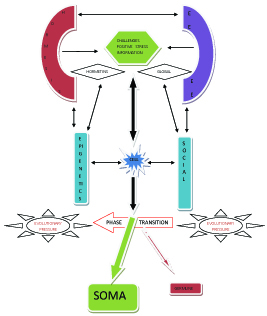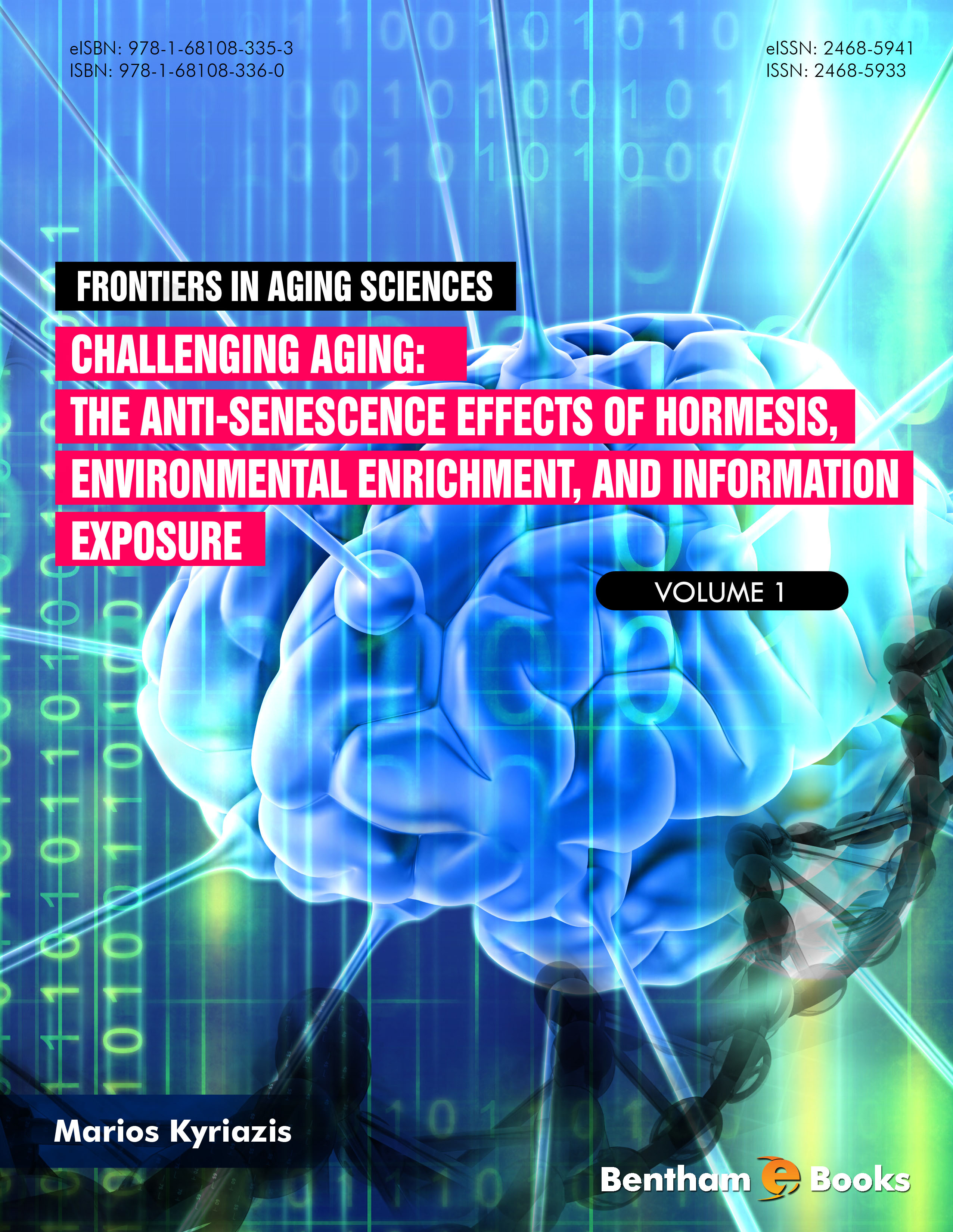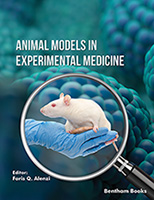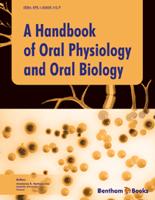This Series on ‘Frontiers in Aging Research’ aims to exploit the method of online sharing of information, and will examine in detail several important models, hypotheses, theories and other notions (including Blue Skies Research) which may help us elucidate the intricacies of the Aging process. The first such eBook will examine the role of challenges. These are interventions that provoke action (a protective response) from the organism. This response is mediated by the up-regulation of protective cellular mechanisms that diminish the effect of age-related degeneration in humans.
Several authors have suggested that the process of biological Aging is associated with loss of information, disruption of homeostasis, and a reduction of functional and physiological complexity. As time-related damage accumulates, and the processes of repair become progressively less able to deal with this damage, organisms begin to experience dysfunction, degeneration and chronic clinical diseases, eventually leading to death. One possible way of remediating this loss of complexity is to increase exposure to relevant and meaningful information which can, through various mechanisms, up-regulate functional and structural complexity with a consequent improvement in function. This basic premise (that age-related loss of complexity may be counteracted by exposure to stimulation and information) has been studied in a variety of levels and under many different guises. One way of increasing information exposure is through mild and repeated challenges or mild stress, i.e. hormesis. In medicine and biology hormesis is defined as ‘an adaptive response of cells and organisms to a moderate, intermittent, challenge’.
Hormesis describes phenomena where there is a low dose stimulation, high dose inhibition, and it suggests that nutritional, physical, mental and chemical challenges, if appropriately timed, may result in mild damage to the organism which up-regulates repair mechanisms. In crude terms it can be said that during the process of repairing this damage, any coincidental age-related damage is also repaired. A similar concept is that of Environmental Enrichment where experimental animals are exposed to an enriched environment with regards to visual, auditory and habitat augmentation. The majority of experiments confirm that an enriched and stimulating environment (an ‘information-rich’ habitat) has several positive effects on health, specifically on brain and immune function. These concepts are presented in Chapters 1-3.
In Chapters 4 and 5 there is a discussion about the biological mechanisms of information exposure, and how the impact of new information and challenges may result in the reallocation of resources from the germ line to the soma. This is important because it may underlie a hitherto dormant mechanism that may lead to radical reduction of age-related degeneration. In Chapter 6 I analyse further the relationships between information, challenges, human evolution and possible biological changes, building upon the previous discussion. In Chapter 7, Atanu Chatterjee from the Indian Institute of Technology analyses certain significant concepts which are crucial in our understanding of life generally and the human body in particular. He provides a grounding and a framework for expanding our notions of hormesis and stimulation, from a general domain to the specific case of human Aging. He explains notions such as complexity in living systems, energy distribution and
entropy, which form the foundation of our efforts to devise ways that maximise information exposure that increases our biological complexity.
Finally, in chapter 8 I expand the scope of the discussion and aim to examine ways we can become better participants within an increasingly technological environment. The overall aim is to examine ways whereby humans, in a modern context, can harness the power of challenging information, and use it to up-regulate their functional complexity (both in the biological and in the social sense). As a result, damage repair becomes maximised, the risk of dysfunction diminishes and the incidence and prevalence of age-related degeneration and disease is kept to a minimum or even totally eliminated.
Our methodology is conceptually different from many existing approaches which depend on physical, pharmacological, genetic or cellular methods and other disruptive technologies for defying Aging. Despite discussing several drugs or compounds acting as hormetic agents, the essential characteristic of our methodology is that it is based less on physical items and more on environmental abstract, virtual and cognitive elements (see Figure below).
The title of the book reflects this: Aging is seen as a challenging problem but, at the same time, it may be overcome by exposure to challenges (situations that incite biological action) which may be clinically useful. The book is targeted at gerontologists, anti-Aging physicians and clinicians, medical students, and university students (in gerontology, biology, complexity sciences, evolution). The slant is a blend of graduate/postgraduate level, providing an in-depth analysis and discussion of the main concepts (hormesis, environment, information, human evolution, biology of Aging) and a synthesis of these as applied to defying age degeneration. It will be valuable to those pursuing a medical or biological career, as well as others interested in human Aging.
Master Figure. This explains the relationship, influences and feedback loops between the concepts of hormesis, environmental enrichment and social effects upon somatic and germ line biology. The intention is to show that external challenges have an impact on somatic repair mechanisms and thus may help improve repair of age-related degeneration, resulting in prolongation of healthy lifespan. The reader is requested to revisit this figure after reading the entire book and review the interconnections of the different components. This will give a much clearer idea of the overall concept I tried to describe in this book.

Fig. (1). Schematic representation of the relationship between the different concepts discussed in this book. The concept of hormesis is based on challenges, positive stress and information exposure. It influences (partly through Hormetins) both directly and indirectly (through epigenetic mechanisms) the cell. (The concept of the ‘cell’ is better described as a ‘somatic agent’ which includes cells, molecules, genetic material and anything else that makes a human, with the exception of germline material). Environmental enrichment (EE) is also based on challenges, positive stress and information, and through both local and global mechanisms (such as the Global Brain, smart cities, Ambient Intelligence) also has an effect on the ‘cell’. This effect is modulated by social and cultural factors. The enormous evolutionary pressure placed upon the ‘cell’ results in a phase transition which shifts the priority of repair resource allocation from the germline to the soma, resulting in reduced or absent age-related functional decline.
Marios Kyriazis
ELPIS Foundation for Indefinite Lifespans
London
United Kingdom





